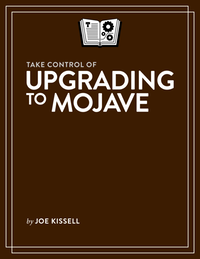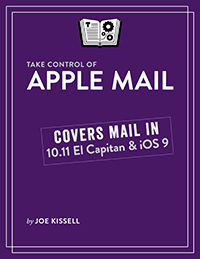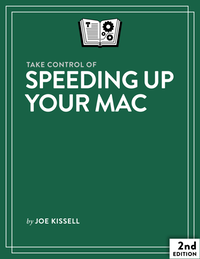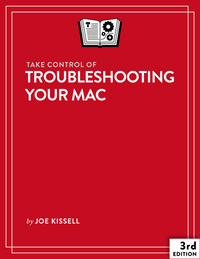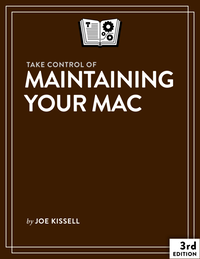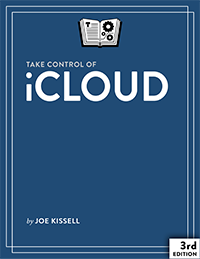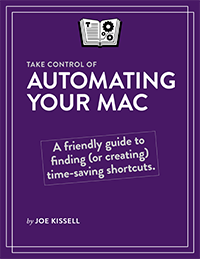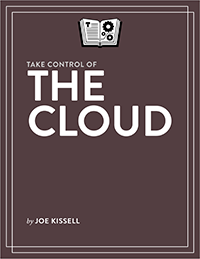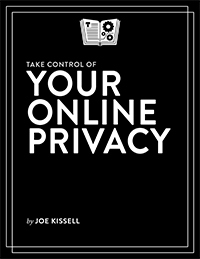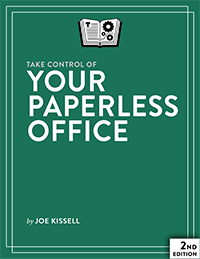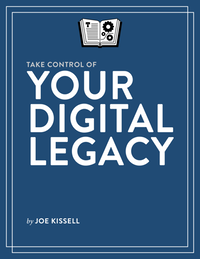Tech Heroes: Douglas Adams
Note: This is the second in a series of articles on my technology heroes, three figures who inspired this site and my whole approach to technology. You can also read about Spock and Mr. Rogers (yes, really).

Douglas Adams was a multitalented thinker, writer, speaker, and producer, best known as the author of The Hitchhiker’s Guide to the Galaxy (or H2G2 for short), a series of sci-fi comedy stories variously incarnated as radio plays, a five-novel “trilogy,” a TV show, a movie, and videogames. The first H2G2 novel was published in 1979, and when I encountered the series a few years later in high school, I thought it was the best thing I’d ever read. (And surely I couldn’t be the only person who, when reading that the answer to life, the universe, and everything was “42,” thought, “Well, of course! Wasn’t that obvious?”)
In Adams’s fictional world, The Hithchiker’s Guide to the Galaxy was an electronic book—a encyclopedic travel guide to the galaxy that featured automatic, wireless updates as field researchers uncovered new information. (In other words, pretty much what an iPad is today.) The Guide also emphasized the importance and versatility of older, more prosaic technology, such as the towel—“the most massively useful thing an interstellar hitchhiker can have.” Always know where your towel is!
Fictional technology figured heavily in his writing, and in real life, Douglas Adams was an avowed tech geek. He collected computers, guitars, and synthesizers; was a huge Mac fan (as well as an official Apple Master for a number of years); and occasionally wrote for tech publications, including Macworld and MacUser. Sometimes Adams took inspiration from current technology for his fictional creations—for example, the novel Dirk Gently’s Holistic Detective Agency features an electric monk (a labor-saving device designed to believe things for you), and when its motherboard proved faulty, the Monk shop helpfully suggested upgrading to a Monk Plus.
Despite his enthusiasm for (or obsession with) gadgets, Douglas Adams kept it real; he frequently complained about technology not working in a sensible way, as if it had been designed by or for a non-human species:
We are stuck with technology when what we really want is just stuff that works.
—Douglas Adams
In fact, I think that was part of the inside joke about the fictional Guide—it was frequently (and sometimes dangerously) inaccurate, yet wildly popular, partly due to the fact that it had the words “Don’t Panic!” written on the cover in large, friendly letters. We’d all rather have something functional, but if we can’t have that, we’ll settle for something soothing.
I met Douglas Adams at a book signing in 1992, when Mostly Harmless (the fifth and final book in the Hitchhiker’s series) was published. Although we exchanged only half a dozen words, I was thrilled to have met one of my heroes. When he died in 2001, he was just a bit older than I am now, and it’s both astonishing and humbling to think of someone my age as having had such a long and varied career, and massive following of rabid fans. (Maybe I just need to write a few more books…)
But my fondest Douglas Adams memory was from years earlier. During my senior year in high school, my classmates and I (many of whom were H2G2 fans) decided that our English teacher needed to loosen up a bit, so we hatched a little plan. Each person in the class pitched in 42¢, giving us enough money to purchase a boxed set of the Hitchhiker’s Guide to the Galaxy trilogy (which, at the time, really did contain only three books). We presented it to our teacher, with great fanfare, on 4/2/84. (She told me months later that she couldn’t work up any interest in the books, but I like to imagine she eventually saw the light.)
Douglas Adams understood and articulated so clearly what technology was for, and he helped me see why I shouldn’t take technology (or myself) too seriously. For those reasons, and because he had a heart of gold, Douglas Adams is one of my tech heroes.
Photo of Douglas Adams by Michael Hughes, licensed under the Creative Commons Attribution-Share Alike 2.0 Generic license.



